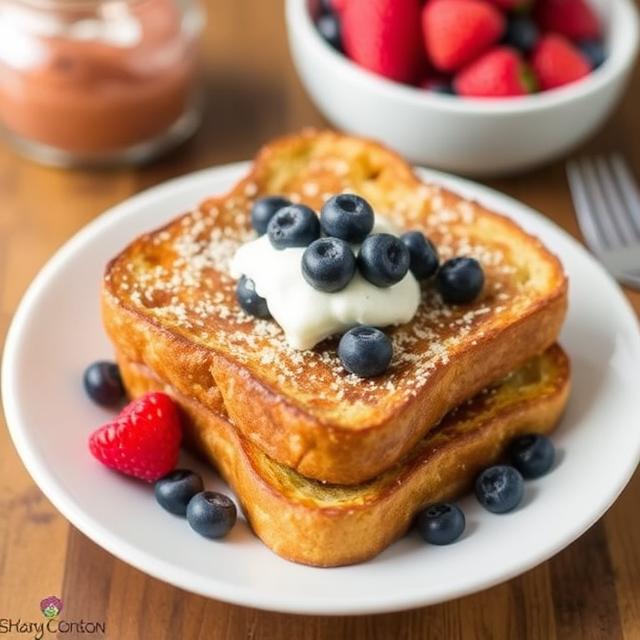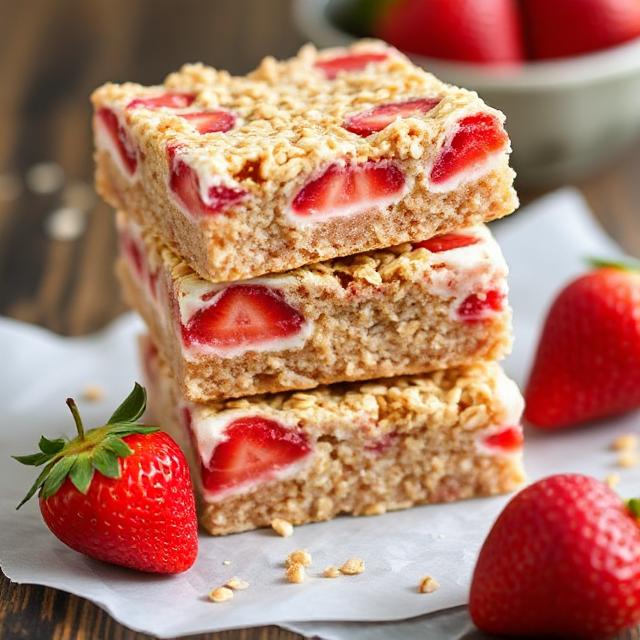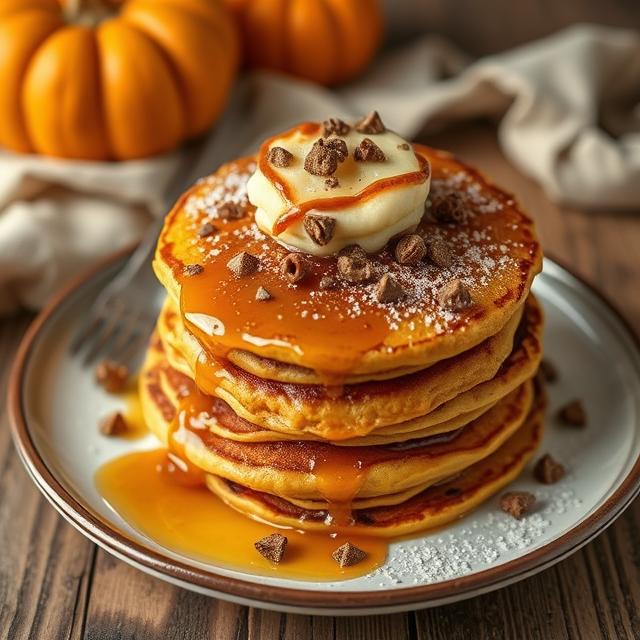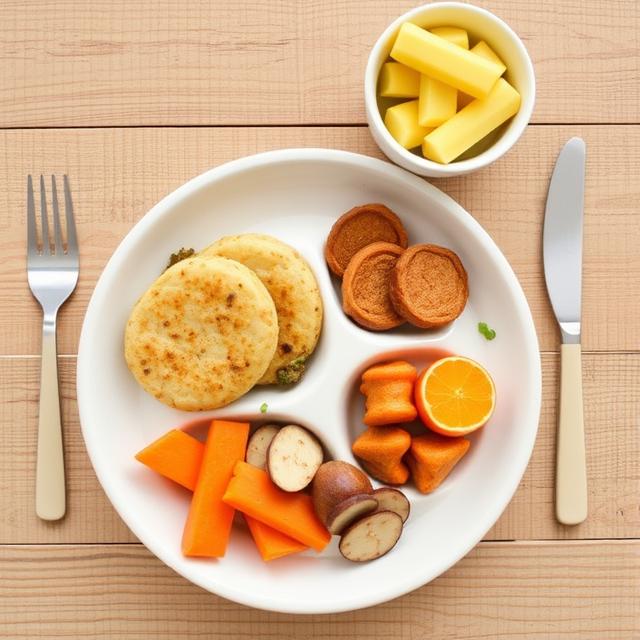Fruit snacks are bright, sweet, and everywhere but are they safe for toddlers? If you’re a parent wondering when to say yes to that chewy little pack, you’re not alone. From choking risks to sticky textures and sugar overload, there’s a lot to think about before handing one over.
In this post, we’ll cover what age is recommended for fruit snacks, when to completely avoid them, and how to choose wisely if your toddler is ready. You’ll also find safer alternatives like soft fruits, smoothies, and muffins — plus tips on supervising closely, checking texture, and keeping up with dental hygiene. Let’s make snack time simple and safe.
When Can Toddlers Eat Fruit Snacks?
Fruit snacks might seem like an easy toddler treat, but not all are safe for little mouths. Many are sticky, chewy, and full of sugar. So, what age is recommended for fruit snacks? Experts say to avoid giving them to kids under 2 years. At this stage, toddlers are still learning to chew and swallow safely, and sticky snacks can be a choking risk.
Fruit snacks can also stick to teeth, so good dental hygiene matters. As always, it’s better to prioritize whole fruits and vegetables for healthy, natural snacking.
What Age Is Recommended for Fruit Snacks?
Fruit snacks might seem toddler-friendly, but age matters. It’s not just about sweetness — it’s about chewing, safety, and what’s best for little teeth and tummies.
Under 2 Years:
For kids under 2, fruit snacks are a no-go. They’re often too sticky and chewy for babies and early toddlers to handle safely.
At this age, choking risks are higher, and sugary, gummy snacks can stick to tiny teeth — not great for those new smiles. Stick with soft fruits like banana, ripe pear, or steamed apple slices instead.
Ages 2 and Up:
After age 2, you can slowly introduce softer, toddler-friendly fruit snacks — but in small amounts and with close supervision. Look for low-sugar options with clean ingredients.
Chewing skills are stronger by now, but choose wisely, consider the texture, and always prioritize whole fruits and vegetables when you can.
Choose wisely:
Not all fruit snacks are toddler-friendly. Pick soft, low-sugar options with simple ingredients. Avoid anything with added dyes, too much sugar, or a tough texture. Look for snacks labeled safe for ages 2 and up.
Supervise closely:
Toddlers can choke easily, especially on chewy snacks. Always sit with your child during snack time. No snacks while walking, playing, or riding in the car. Your eyes are the best safety tool.
Prioritize whole fruits and vegetables:
Fresh fruits like banana, berries, or soft pear slices are safer and healthier than fruit-flavored gummies. Whole foods give your toddler real nutrients without added sugar or sticky textures.
Consider the texture:
If a snack is tough, sticky, or hard to chew, skip it. Toddlers do best with soft, melt-in-the-mouth textures. Even some “fruit snacks” are too chewy for little teeth and mouths.
Dental hygiene:
Sticky snacks cling to baby teeth and can lead to early cavities. After fruit snacks or any sweet treat, offer water and brush those little teeth. Healthy smiles start young!
Healthier Alternatives to Traditional Fruit Snacks
Fruit snacks might look fun, but they’re often loaded with sugar and stick to tiny teeth. If you’re looking for safer, smarter swaps your toddler will still love, try these tasty, wholesome options instead:
Easy Toddler-Friendly Fruit Snack Recipes
- Banana & Berry Mash
Mash a ripe banana with a handful of soft berries (like blueberries or raspberries). Serve as a creamy, naturally sweet dip or spread on whole-grain toast. - Homemade Fruit Leather
Puree fresh fruits like mango, apple, or strawberry. Spread thin on a baking sheet lined with parchment paper. Dry in a low oven (around 140°F/60°C) for 4–6 hours until chewy but soft. Cut into strips. - Freeze-Dried Fruit Mix
Mix freeze-dried strawberries, apples, and bananas into a colorful, crunchy snack your toddler can munch safely. - Soft-Cooked Apple Slices
Peel and slice apples. Steam or bake them until soft but still holding shape. Cool and serve as finger food. - Chia Pudding with Fruit Puree
Mix 2 tbsp chia seeds with 1/2 cup milk (or milk alternative). Let sit overnight. Stir in mashed or pureed fruit for natural sweetness. - Yogurt & Fruit Mash
Stir mashed banana or pureed peaches into plain whole-milk yogurt. Serve chilled for a creamy snack.
Safety Tips for Giving Fruit Snacks to Toddlers
Always supervise your toddler closely during snack time, especially with chewy or sticky treats like fruit snacks. Make sure your child is seated and calm — no running or playing while eating.
- Only offer fruit snacks to toddlers over 2 years old
- Choose soft, toddler-friendly snacks with simple ingredients
- Cut or break larger pieces into smaller, bite-sized portions
- Always supervise closely while your child is eating
- Make sure your toddler is seated and calm — no walking, playing, or lying down during snack time
- Avoid giving fruit snacks in the car or stroller
- Offer water after snacking to help wash away stickiness
- Brush teeth regularly to protect from sugar buildup and cavities
- Avoid sticky, chewy, or hard textures that could cause choking
- If your toddler has trouble chewing or holds food in their mouth, skip fruit snacks completely
When to Completely Avoid Fruit Snacks
It’s best to skip fruit snacks completely for toddlers under 2 years old due to choking risks and developing chewing skills. Also, avoid them if your child
- Toddlers under 2 years old — high choking risk
- If your child holds food in their mouth often
- When your toddler is teething — sticky snacks can irritate gums
- If your child has swallowing difficulties or oral-motor delays
- Toddlers with frequent dental problems or cavities
- If your toddler shows allergic reactions to ingredients in fruit snacks
Are Fruit Snacks Safe for Toddlers?
Fruit snacks can be safe for toddlers over 2 years old if chosen carefully and given in small amounts. However, they’re often high in sugar and can stick to teeth, which isn’t ideal for dental health. For toddlers under 2, fruit snacks are generally not safe because of choking risks and chewing challenges.
Are Fruit Snacks a Choking Hazard for Toddlers?
Yes, fruit snacks can be a choking hazard, especially for children under 2. Their sticky, chewy texture can get stuck in the throat or cause gagging. Even older toddlers can struggle if the snack is too tough or if they eat too quickly. Always supervise and avoid giving fruit snacks to kids who tend to hold food in their mouths.
Final Thought
Fruit snacks can wait. Real fruit is better. You don’t need to rush it. Your toddler will get there in time. Meanwhile, simple homemade treats give you peace of mind—and keep those tiny tummies happy.












